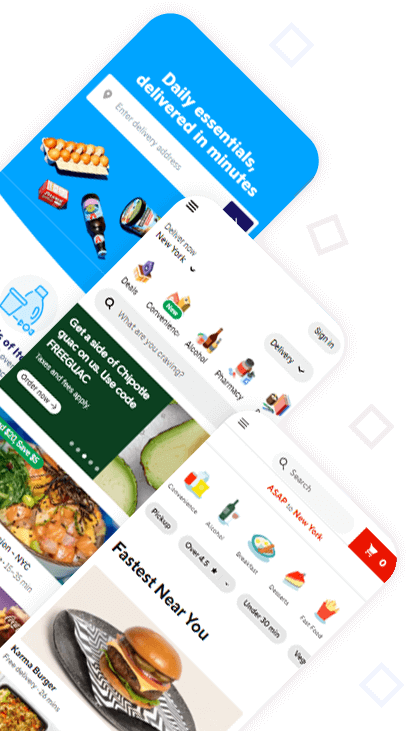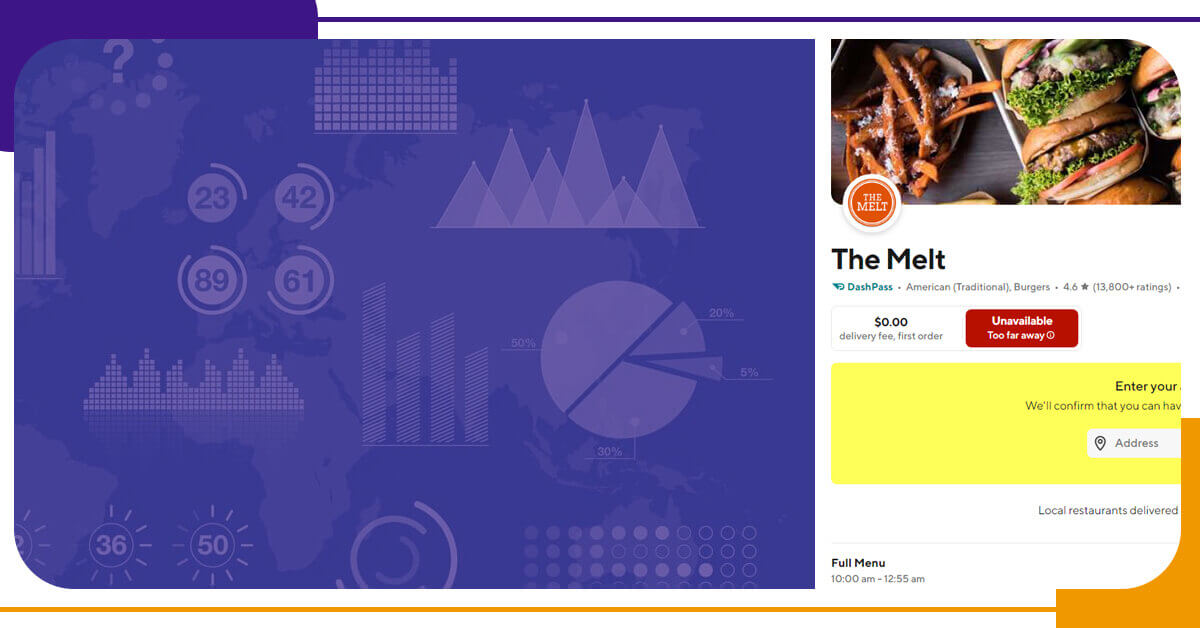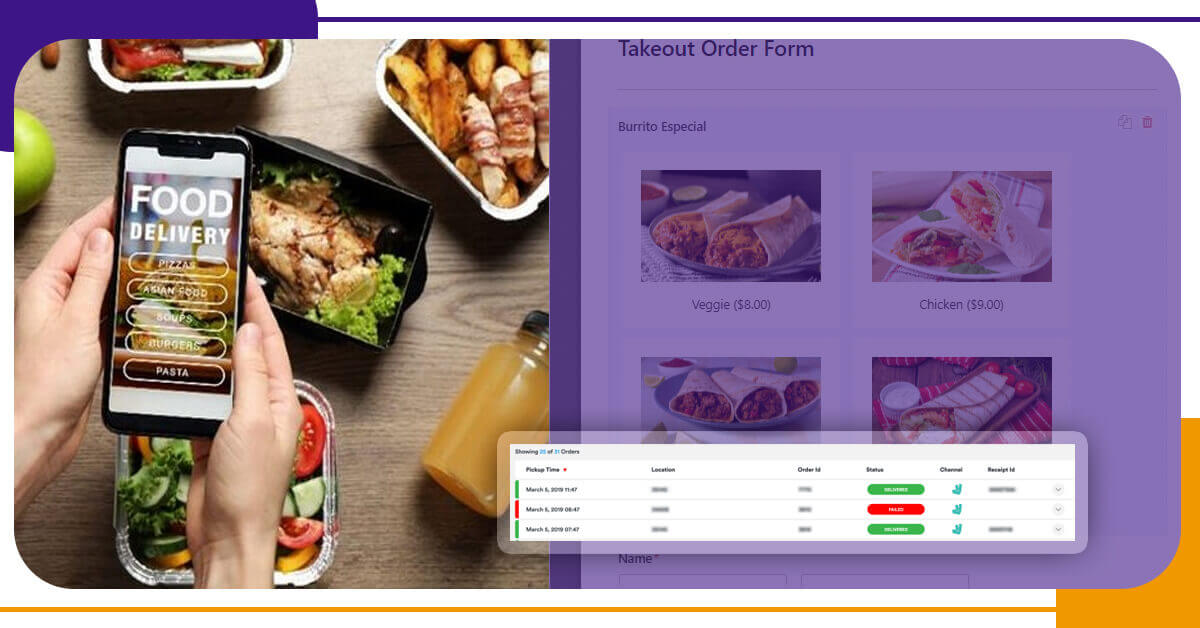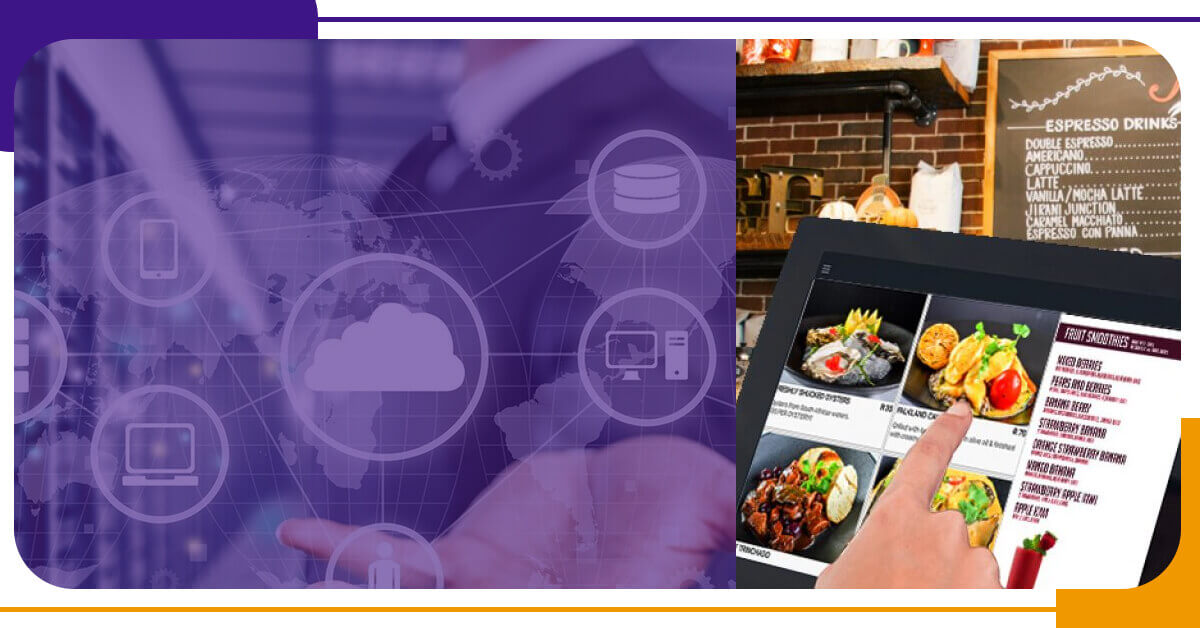Let's talk!
We'de love to hear what you are working on. Drop us a note here and we'll get back to you within 24 hours.

We'de love to hear what you are working on. Drop us a note here and we'll get back to you within 24 hours.


The goal of traditional advertising was to reach out to your whole target demographic in the same way. However, with the introduction of the internet, this situation has altered (especially behavioral targeted ads). Even so, after a certain period, the Click-Through Rates (CTRs) plateaued. You may have seen an increase in highly targeted ads, including bothersome remarketing ads, in recent months. However, according to one study, this appears to have worked, as seen by a 62% rise in CTRs in 2013 compared to the previous year.
Today, businesses have access to a lot of data in the form of comments, tweets, followers, clicks, likes, and other forms of social media interaction, all of which have significant untapped potential. When combined with macro-level information from ad agencies, this unstructured data can create excellent communication opportunities. Companies that use big data in advertising should ask themselves two questions: how can they analyze the information to obtain insights into and forecast customer behavior, and how can they integrate new (unstructured, disparate) data sources with current data to get actionable takeaways.

Industrial data is primarily a combination of sensor data that is collected and stored at regular intervals. Big data is used in products such as Enterprise Manufacturing Intelligence to view correlations among two or more entities, such as energy use and product type, or production uptime and shift.
Proactive maintenance (with real-time monitoring and trend prediction) and resource production are also using big data. Though some argue that most system designs already recognize and compensate for major process fluctuations and that hence the cost of further investment in big data technologies for industrial automation is not entirely justified.

While most typical big data applications are in IT or IT-enabled businesses, big data can also benefit industries like food production and foodservice. Here are a few examples of how big data could benefit the food industry:
1. Marketing and Advertising
Restaurants have traditionally depended on written feedback collected from customers after a meal to measure their performance. They may now browse restaurant review websites and monitor Facebook and Twitter talk about their (and competitor) businesses. Restaurant owners and operators can search restaurant menu data in addition to brand monitoring and sentiment research.
Restaurants have access to essential historical ordering data that they may utilize to offer suggestions for items that customers might enjoy, resulting in a more specific customer.
2. Operations and Supply Chains
Big data gives organizations accessibility to micro-level data that would otherwise go unnoticed, such as food tracking using sensors and barcodes from farms to homes. Supply chain management employing big data technology can lead to improved levels of conservation, less waste owing to supply chain inefficiencies, and consistently fresh food for consumers.
January 21, 2025 B2B marketplaces use data collection to expand and maintain relevance in the food industry. Organizations can improve...
Read moreJanuary 2, 2025 Web scraping has now become an important strategy in the accelerating world of e-commerce, especially for businesses...
Read more